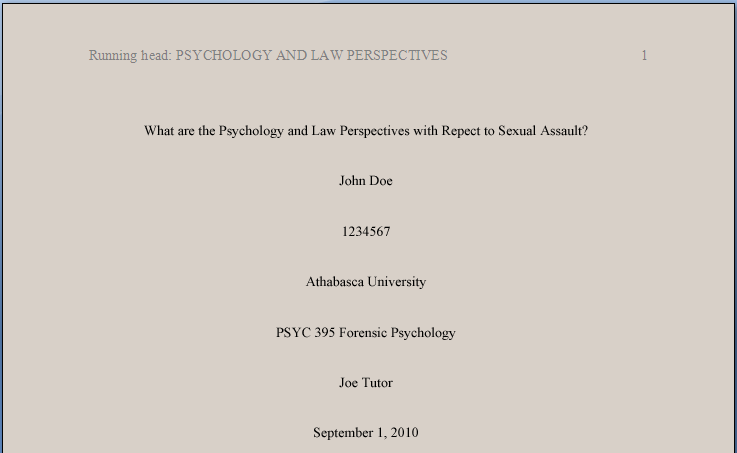
These segments range from a whole text, as in poetry, to a single phoneme. translation, in accordance with the type of ST he's working on, he decides about the basic segments in ST to be translated into TT.

n When a translator commences his work, i. What determines the appropriate UT, according to him, is the wording at a given point in ST. Phonemes, morphemes, words, phrases, sentences and entire texts are probable units of translation for him. 192) although its parts separately cannot be translated and replaced by any equivalent in the TL. He recommends that this unit of translation, no matter how long, can itself "have a complex structure" (as cited in Shuttleworth and Cowie, 1997, p. Barkhudarov (1993) defines a UT as "the smallest unit of SL which has an equivalent in TL" (as cited in Shuttleworth and Cowie, 1997, p. In other words, it's an element with which the translator decides to work while translating the ST. Shuttleworth and Cowie (1997) define it as: "a term used to refer to the linguistic level at which ST is recodified in TL" (p.

What Is to Be Considered as A Unit of Translation? n Being one of the fundamental concepts always argued about in the realm of translation, the unit of translation (UT) has been given various definitions by different theorists.


 0 kommentar(er)
0 kommentar(er)
